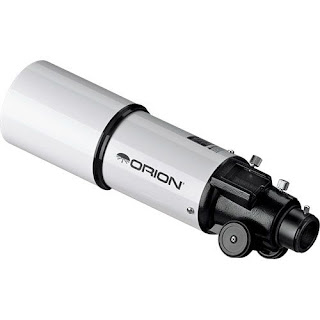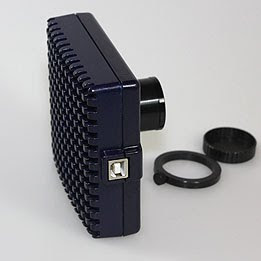
When I first purchased my LXD75 mount I was told that you cannot autoguide this mount. Fortunately, through the use of the software program PHD and the ASCOM platform, it is possible to use this mount with ease. Getting it there however will require some effort.

I am going to use the Meade DSI in this example. It is an excellent little camera as it is sensitive enough to be useful and it is low cost. While it is no longer available new, it can be found often used. I am going to couple this to an ORION ST-80, which is an 80mm f/5 refractor that is also low cost and widely available used. You will need a computer, but you don't need a whole lot to do this as the computer will only be used for guiding. A Pentium III with 384 megs of RAM running Windows XP will suffice. Before you proceed, I suggest you update this operating system with all the latest updates and install the DOT NET framework, Version 3.5 as well, since Envisage needs it to operate. Proceed as follows.
1. Download the latest version of Autostar Suite (Version 5.5)
2. Download ASCOM version 5 and do the 5.5 update
3. Download the Meade drivers for the Autostar 497 hand controller
4. Download PHD Guiding software and install it
When you install the DSI for the first time, pick a USB port that you will use it on, and then install the driver by selecting the path C:/Program Files/Meade/Autostar Suite/Envisage/2K-XP
Plug the Serial to RS-232 adapter into your serial port (Com1), and use the RS-232 cable included with the DSI to connect to the 497 hand controller's port. Start PHD and select your camera (DSI), your mount via ASCOM and your set to calibrate.
That's all there is to it. Fairly simple.



